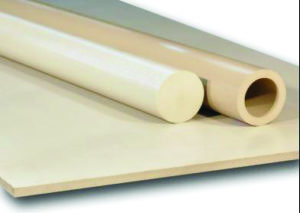PEEK (Polyetheretherketone) is a unique engineering thermoplastic offering high temperature resistance, toughness, rigidity, and creep resistance. It is resistant to a wide range of solvents, making it an excellent material for use in a wide spectrum of applications where thermal, chemical and combustion properties are critical to performance.
Benefits of PEEK (Polyetheretherketone)
Excellent temperature and chemical resistance
Insoluble in all common solvents
Superior dielectric strength
Outstanding wear and abrasion resistance
Low moisture absorption
Technical Resources
- PVC vs CPVC: Which Is Better?
- Polypropylene vs. Polyethylene: How Do They Differ?
- Thermosets vs Thermoplastics: How They Differ
- Homopolymer vs Copolymer
- Plastics Pyramid
- Amorphous vs Semicrystalline
- Fiber Reinforced Panel Alternatives
- How To Choose the Right Plastic for Your Project
- LEXAN™ CLINIWALL™: Next Generation Wall Cladding
- BioPhorum, Polymershapes, and the Future of Material Sterilization
- Design for Manufacturability and Its Importance
- PETG – Markets Served and Industry Applications
Suppliers / Brands
Common Applications
-
 Aerospace
Aerospace
-
 Armored Vehicle
Armored Vehicle
-
 Automotive
Automotive
-
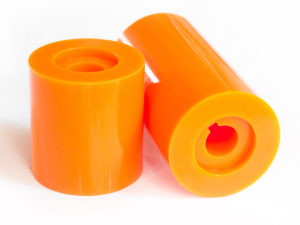 Bearings & Bushings
Bearings & Bushings
-
 Chemical Processing
Chemical Processing
-
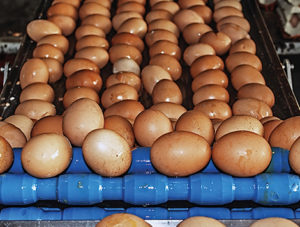 Food & Beverage Preparation/Processing
Food & Beverage Preparation/Processing
-
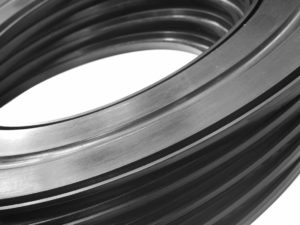 Gaskets & Seals
Gaskets & Seals
-
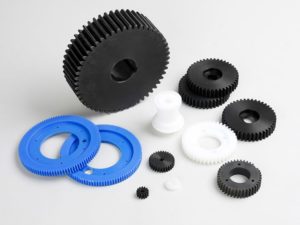 Gears
Gears
-
 Heavy Equipment
Heavy Equipment
-
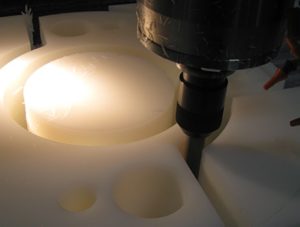 Machine Shops
Machine Shops
-
 Medical Packaging
Medical Packaging
-
 Milling & Mining
Milling & Mining
-
 Oil & Gas
Oil & Gas
-
 Packaging & Conveying Equipment
Packaging & Conveying Equipment
-
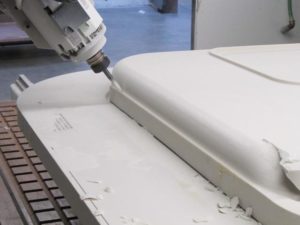 Prototyping & Tooling
Prototyping & Tooling
-
 Recreational Vehicles
Recreational Vehicles
-
 Semiconductors & Electronics
Semiconductors & Electronics
-
 Valves & Fittings
Valves & Fittings
-
 Wear Strips
Wear Strips
Physical Properties
| Units | ASTM Test | PEEK (unfilled) | |
|---|---|---|---|
| Tensile strength @ break @ 73°F | psi | D638 | 13,300 |
| Flexural modulus @ 73°F | psi | D790 | 530,000 |
| Izod impact (notched) | ft-lbs/in of notch | D256 | 1.6 |
| Water absorption @ 73°F – 24 hours | % | D570 | 0.5 |
| Coefficient of linear thermal expansion (CLTE) | (in/in F) | D696 | 2.6E-05 |
| Deflection Temperature Under Load @ 264 psi | °F | D648 | 320 |
* Technical Data is provided courtesy of UL Prospector (www.ulprospector.com) and IAPD (www.IAPD.org).
Data is to be considered representative and is provided for guidance only. All product performance must be verified by the user under actual application conditions.



